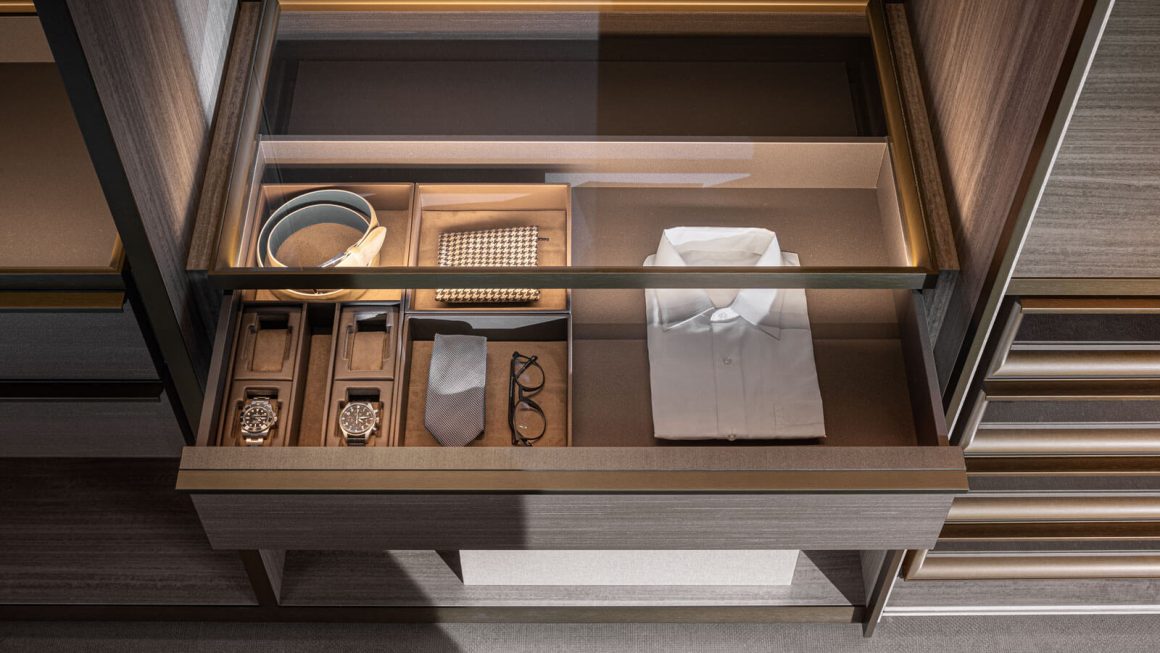Hospital furniture is a key investment for any healthcare facility, and ensuring its longevity requires proper care and maintenance. High-quality brands, such as MillerKnoll Brand, are known for their durable and well-designed furniture, but even the best pieces require regular upkeep to maintain their functionality and appearance. By following a few essential care tips, hospitals can extend the lifespan of their furniture and continue providing a safe, comfortable environment for both patients and staff.
Regular cleaning and disinfection:
One of the most important aspects of maintaining hospital furniture is regular cleaning and disinfection. Healthcare facilities are high-traffic areas prone to contamination, so keeping furniture sanitized is vital. Use approved hospital-grade disinfectants to clean all surfaces, especially those that come into frequent contact with patients and staff. Be mindful of cleaning materials to avoid damaging the furniture’s surface. Regular cleaning prevents the spread of infections and keeps the furniture in top condition.
Inspect for wear and tear:
Regular inspections help in identifying any signs of wear and tear before they turn into bigger issues. Check for loose screws, weakened joints, worn-out upholstery, or any structural issues. Bed adjustments, chair recliners, and movable parts should function smoothly. Early detection allows for timely repairs, which will prevent further deterioration and ensure patient safety. Furniture parts that show signs of deterioration can be quickly replaced, prolonging the life of the piece.
Use the right cleaning products:
Certain materials used in hospital furniture, such as vinyl, metal, and high-pressure laminates, require specific cleaning products. Using harsh or abrasive cleaners can degrade the surfaces and reduce their lifespan. Always check the manufacturer’s guidelines for cleaning recommendations and avoid products that can cause discoloration, cracking, or weakening of the material. Ensure that staff is trained to use the appropriate products for different types of furniture.
Ensure proper usage:
Proper usage of hospital furniture plays a key role in its longevity. Beds, chairs, and medical carts should be used according to their intended purpose. Misuse, such as sitting on the edges of beds or overloading carts, can lead to early damage. Educating staff and patients on the proper handling and use of furniture helps reduce wear and tear, improving the durability of the pieces.
Regular lubrication of movable parts:
Hospital furniture often includes beds and chairs with movable parts. To ensure smooth operation, it’s important to regularly lubricate these parts. Hinges, wheels, and other mechanical components can become stiff or wear out over time. Proper lubrication reduces friction, prevents squeaking, and prolongs the life of these components. Ensure to use appropriate, medical-grade lubricants for hospital furniture.



